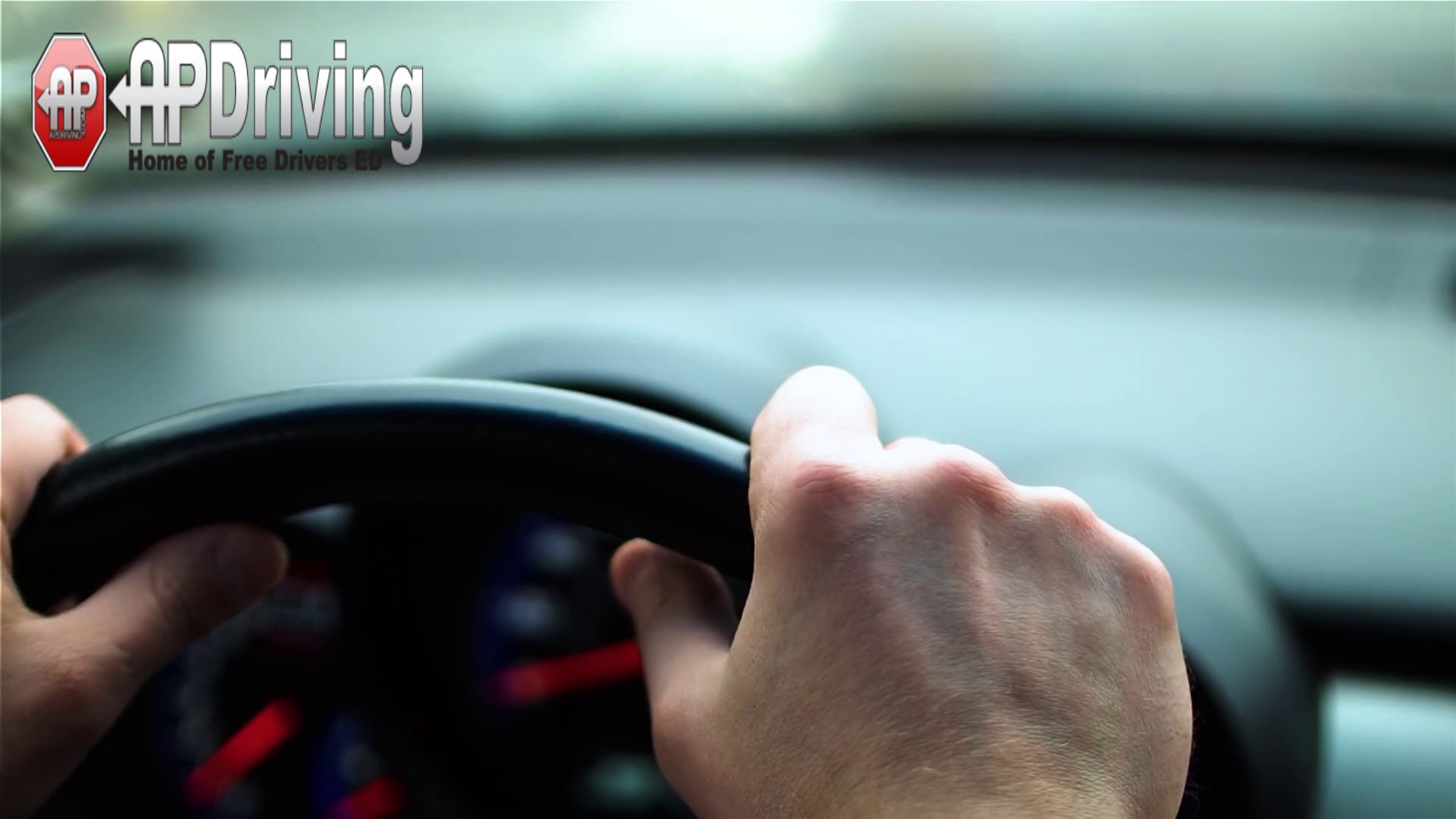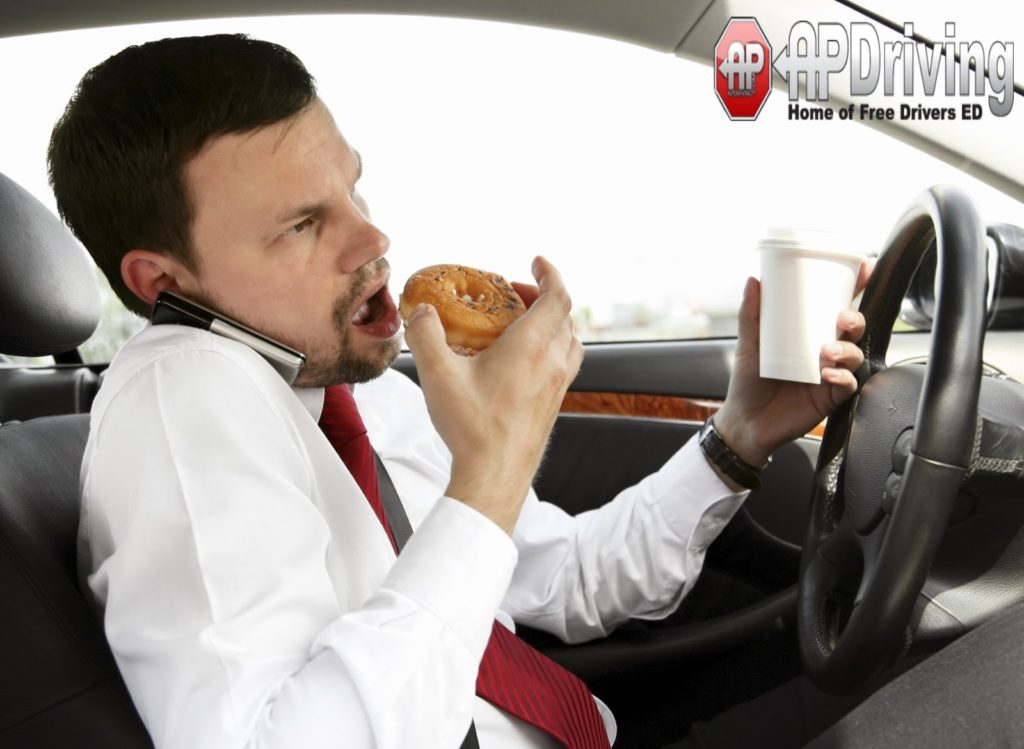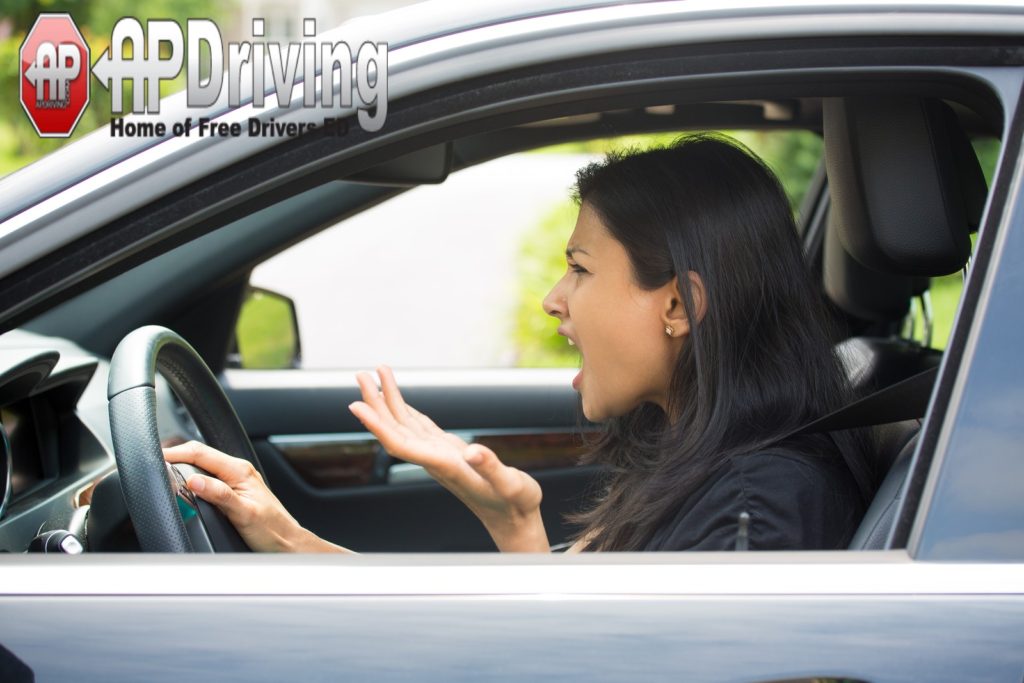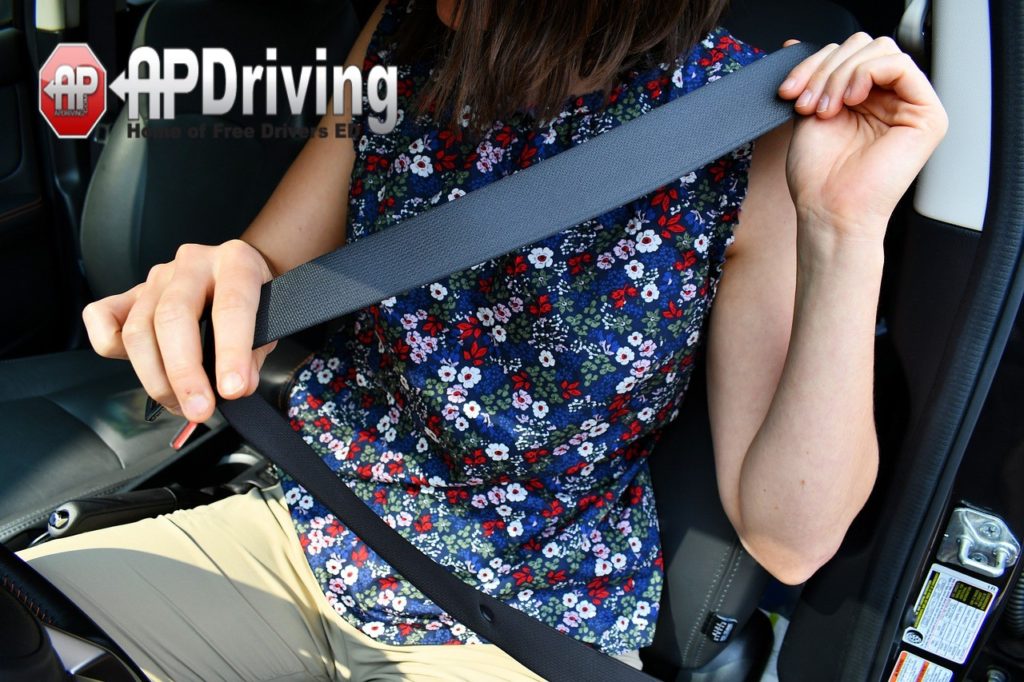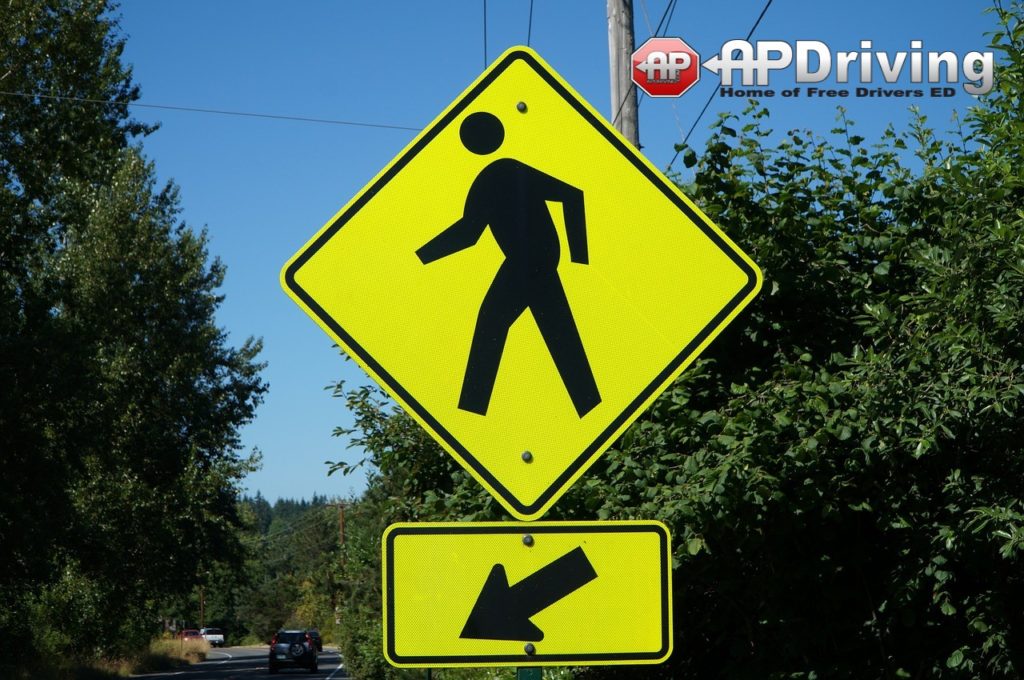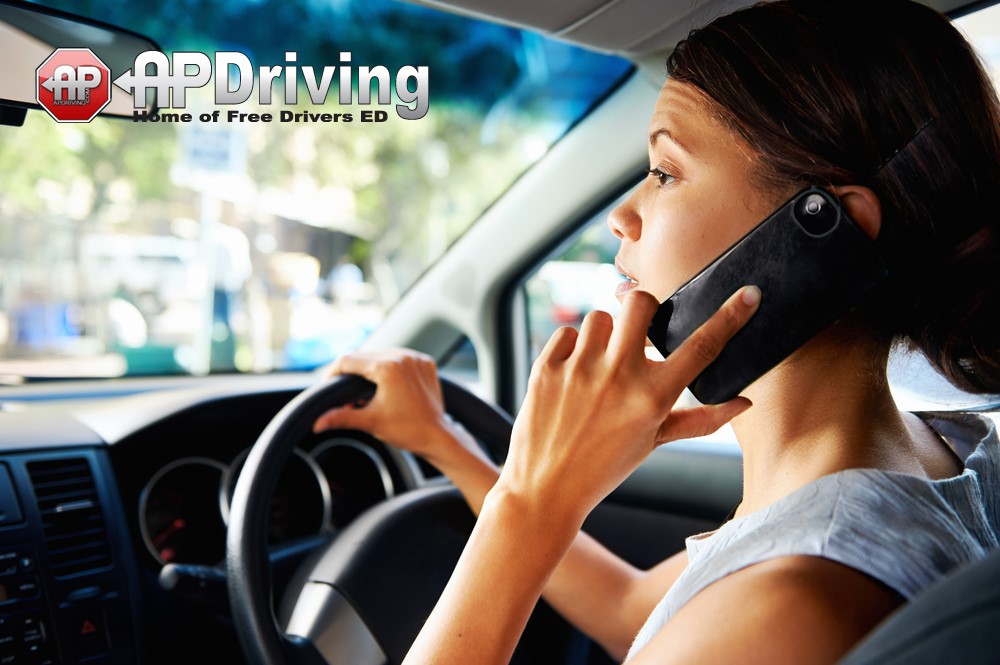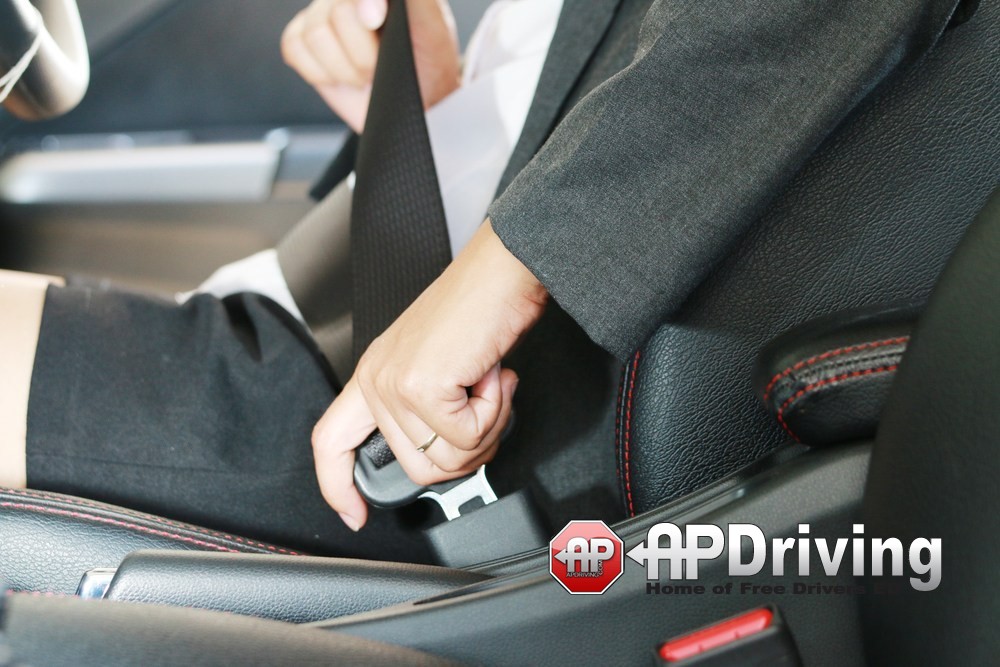Defensive Driving to Save Your Life
No doubt, being able to drive is fun. The freedom to go to places and to see new destinations can give happiness and fulfillment. However, having a license entails a whole new level of responsibility because as a driver, you are accountable to the lives of your passengers and the lives of the drivers around you.
Not everyone on the road is a responsible driver. Road accidents happen not only because of a driver’s error but because of other factors that might lead to a crash. For this reason, you need to equip yourself with driving techniques that ensure protection from all the possible hazards and collisions on the road. Being a defensive driver, do not expect others to be like you in terms of actions and decision making on the road. Learn to trust no one but yourself. You are the only one that can protect yourself and your vehicle from the dangers on the road.
Many things are beyond our control when on the road. As a driver, learn how to master the techniques of defensive driving because this can save your life. The ultimate goal of defensive driving is creating a safety cushion around your car. It is like creating a safety bubble to protect from danger and collision each time. Here are the essential techniques to start mastering the next time you hit the road. Being a defensive driver does not make you weak or uncool. It just significantly lowers your chances of getting into an accident.
Go for Zero Distractions
Defensive driving requires to stay focused on driving. Being one hundred percent focused on the road would mean zero distractions for the driver. There are things that could distract and remove your eyes from the road, even just for a few seconds. One distraction is the mobile phone. Pausing to answer a call or read a text message is dangerous. Watching videos while driving is just as risky. Driving apps can also ruin your driving focus. The best thing is to avoid using your mobile phone while driving. Stick to the old school radio for entertainment. Do not risk your life or anybody else’s life by answering an unimportant call.
Another popular cause of vehicular accidents has something to do with food. Eating or drinking while driving can be avoided. It is advisable to wait until you arrive at your destination before consuming your meal. Choose to dine in, drive-thru, or pull over to the side to finish that sandwich or drink that coffee. Remember, accidents can happen in seconds, and this could happen while you were fishing out for your French fries or putting ketchup over your burger.
Alertness is also an important factor when it comes to driving. Lack of sleep is a cause of concern and should not be taken lightly. Of course, everyone knows not to drink and drive. Better to have a designated driver when attending parties or if you are unable to get a good night’s sleep.
Keep a Safe Distance
Defensive driving is about keeping a safe distance from other cars on the streets to have a safety cushion should anything go wrong. The rule of the thumb in maintaining a safe distance is following a 3-second rule, especially on winding roads or difficult terrains. The trick is to count 3 seconds after a car passed by a particular landmark then count how many seconds for you to pass by the same marker. This is the safe distance on clear roads. In case the road is congested, you can follow the 1-second rule. Add another second if the road is congested together with rain or snow.
Aside from the 3 second rule, defensive driving encourages to always stay at the center of your lane. Check the traffic in front and behind to anticipate any threat or danger that comes your way. Look far ahead to predict what the car in front. In case of a pedestrian in the horizon, the car in front would slow down so hit the brakes early.
Stay Cool on the Road
There will be aggressive drivers around you. From those who will attempt to tailgate to those who will drive fast. Being a defensive driver would be challenging yourself to be relaxed and calm at all times. It is challenging to stay calm in a road rage situation, but going up against an angry driver is not worth your stress. If you are under this situation, remain calm and leave. Take deep breaths and drive as far and quickly from the livid driver. Cooler heads will prevail in road conflicts.
When an aggressive driver is too close behind, the best thing to do is let him pass. Slow down and signal the driver to overtake. If the aggressive driver can’t take a hint, turn on your hazard signal and stop safely on the side as soon as you can. It is essential to get rid of this speeding driver early on before problems occur.
Safety Devices are a Must
Defensive driving promotes the use of devices that were invented to minimize injuries on the road in an event of a crash or a collision. Utilize these devices whenever you go out. One of the most necessary safety devices is the seatbelt which is the best tool in saving lives inside the vehicle. Airbags are additional safety and protection against impact. Do not forget to use car seats that are age-appropriate in case of children on board. All of these are meant to keep one safe while driving. Utilize them because they can make a difference between life or death.
Mirrors are one of the best safety devices invented for cars on the road. Glancing at your mirrors to check cars on your side or behind will aid in keeping as far away from any collisions. Learn to use the mirror and master glancing at them as often as possible.
Learn to Communicate with Other Cars
There are instances wherein collisions are caused by miscommunication between two cars. When on the road, it is not the same as communicating face to face with the driver. It is quite challenging because communication is done using your headlights or signal lights. Sometimes drivers get lazy and opt to skip the signal lights whenever they are about to make a turn. Unable to communicate with the car behind if you are planning to make a turn in the next corner would mean collision.
There are also other ways to communicate with other cars including car horn or blinking headlights a couple of times. During the day, communicate with other cars using hand gestures like a simple wave. Communication is key on the road. It is a great way to stay on the safe side.
Take Control of Your Vehicle
When it comes to road safety, one of the essential things is controlling the state and condition of your vehicle. It is the responsibility of the driver to have a well-conditioned car before driving it on the streets. Road safety departments of each state or county have a set of laws to ensure vehicle renewal. It means the vehicle has passed safety tests. Make it a point to regularly check your vehicle at least twice a year old car models. Before going on a long drive, check the brakes, engine, and wheels. Having a well-maintained car will keep everyone safe. It is best to invest in a car’s regular maintenance.

